One of those structures, that is known not only because of its uniqueness, but also for its creators. A single handedly carved architectural marvel, situated about 5 km away from Champawat, Ek Hathiya ka Naula is named so, because it was literally carved by an artisan who had only one hand, over the span of a single night.
If you are a fan of collating information and knowing more about architecture that is set in a particular style or era, and more importantly, is different and stands out in terms of the artisans employed in creating the work, you should not miss Ek Hathiya ka Naula, and for once, talk to the locals who will give you a clearer insight into the history of the monument.
Ek Hathiya Ka Naula is a stone structure having intricate stone carving done on it. This place is located about 5 km from Champawat.
Ek Hathiya Ka Naula is a popular tourist attraction located 5 km away from Champawat. It is a uniquely carved stone structure, which is also famous because of the legend associated with it. According to the legend, the entire structure was carved by a one-handed artisan in one night.
76 kms. from Pithoragarh headquarters, Champawat is situated 1615 meters. above sea level. Champawat, once the capital of the rulers of the Chand dynasty, is famous for its natural beauty and well known temples. The ancient fort, now houses headquarters of the Tehsil office. A historical spot, Champawat has many well known temples of high artistic value. The Baleshwar temple is the noted attraction of Champawat. The Nagnath temple at Champawat is also an excellent example of ancient architecture of Kumaon. 4 – 5 kms. from Champawat is the ‘Ek Hathiya Ka Naula’, which is said to have been constructed in just one night by the one handed artisan. The story of Golla Devta is also associated with Gorilla Chaur of Champawat. It was in Champawat that Lord Vishnu is said to have appeared as ‘Kurma avatar’ (incarnation as tortoise). This hill is also known as Mt. Kandev. There is a small fort at Champawat. Jim Corbett had come to this region in the first decade of the twentieth century in order to hunt for man eating tigers.The very first story of his first book (Man Eaters of Kumaon) is related to Champawat.



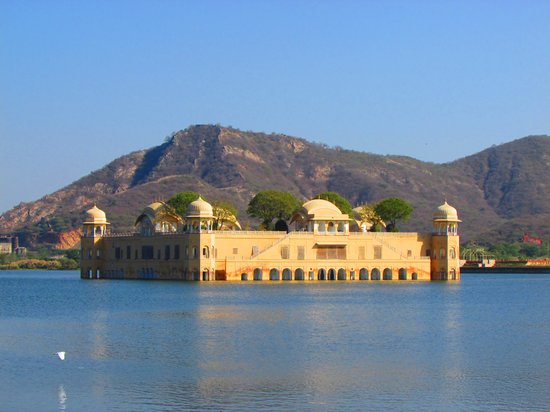
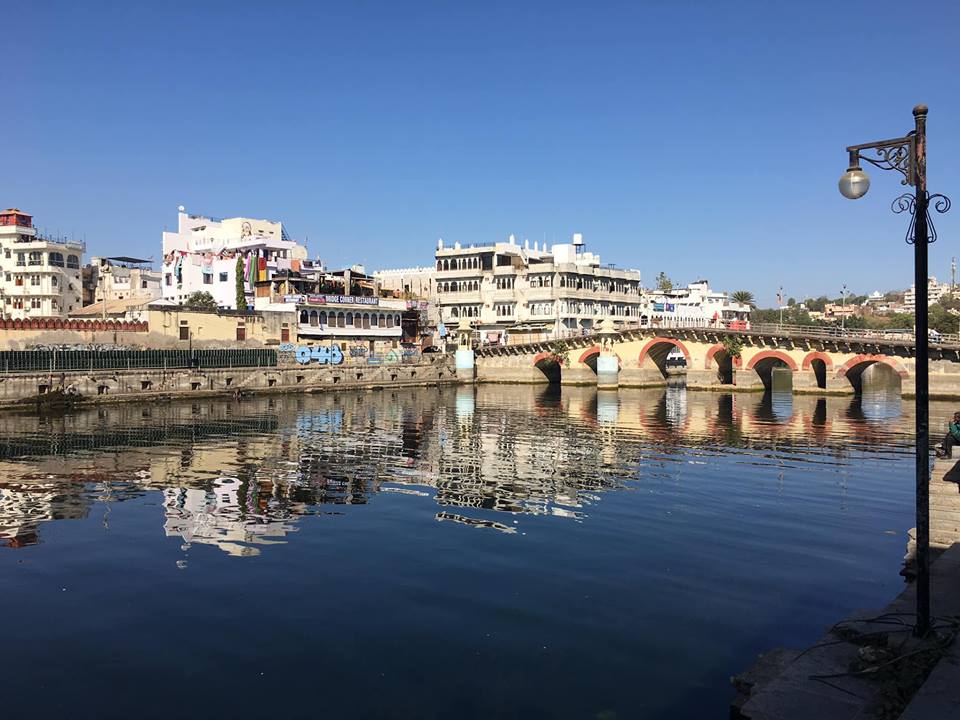
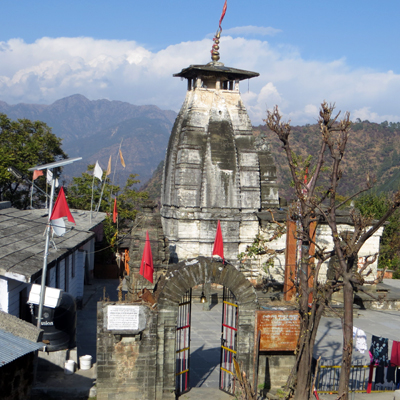

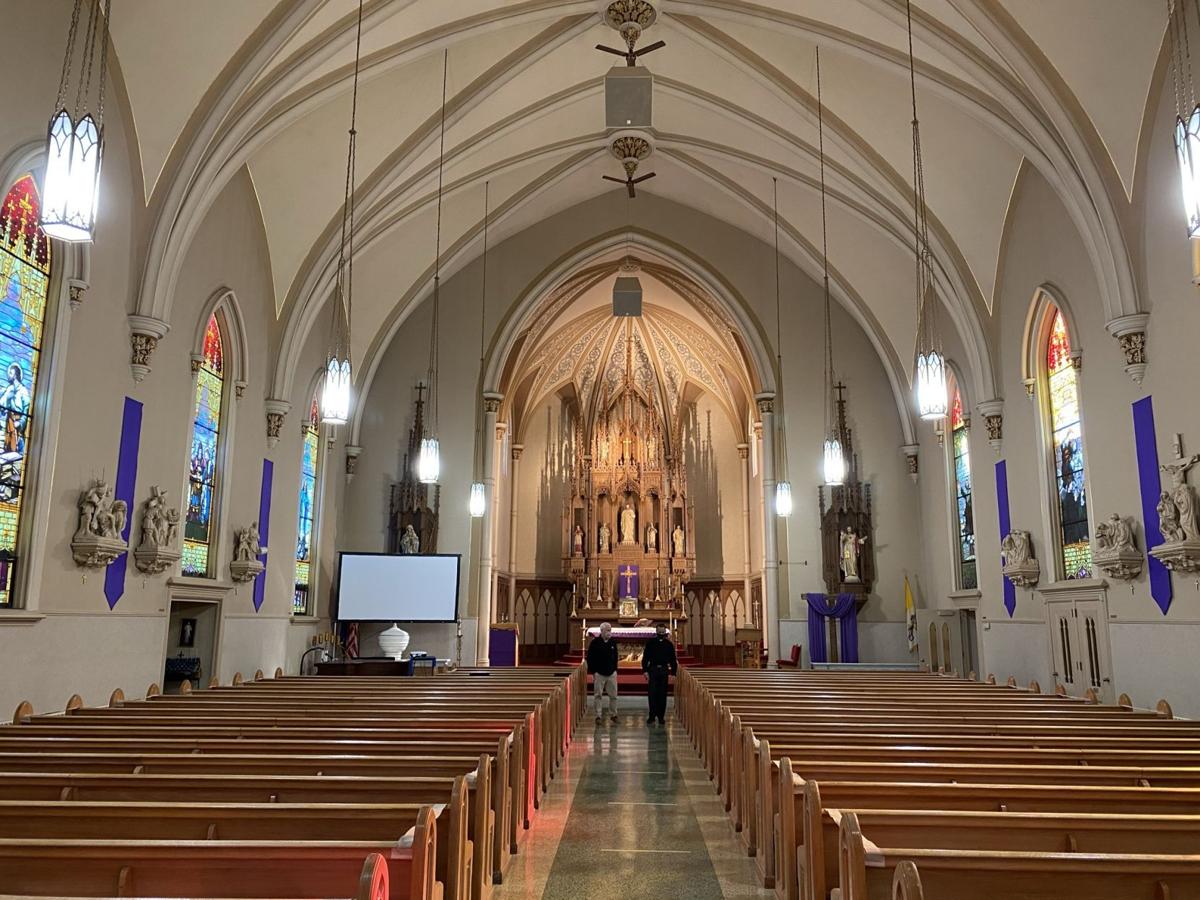

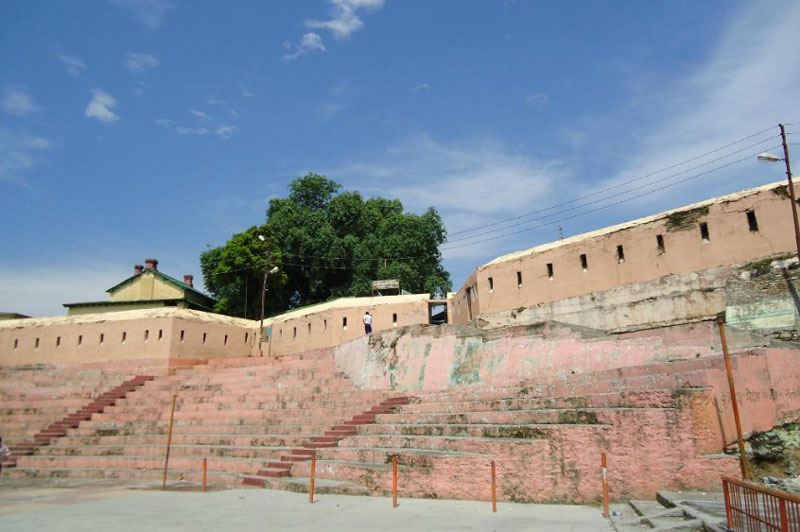


2 Comments
Comments are closed.